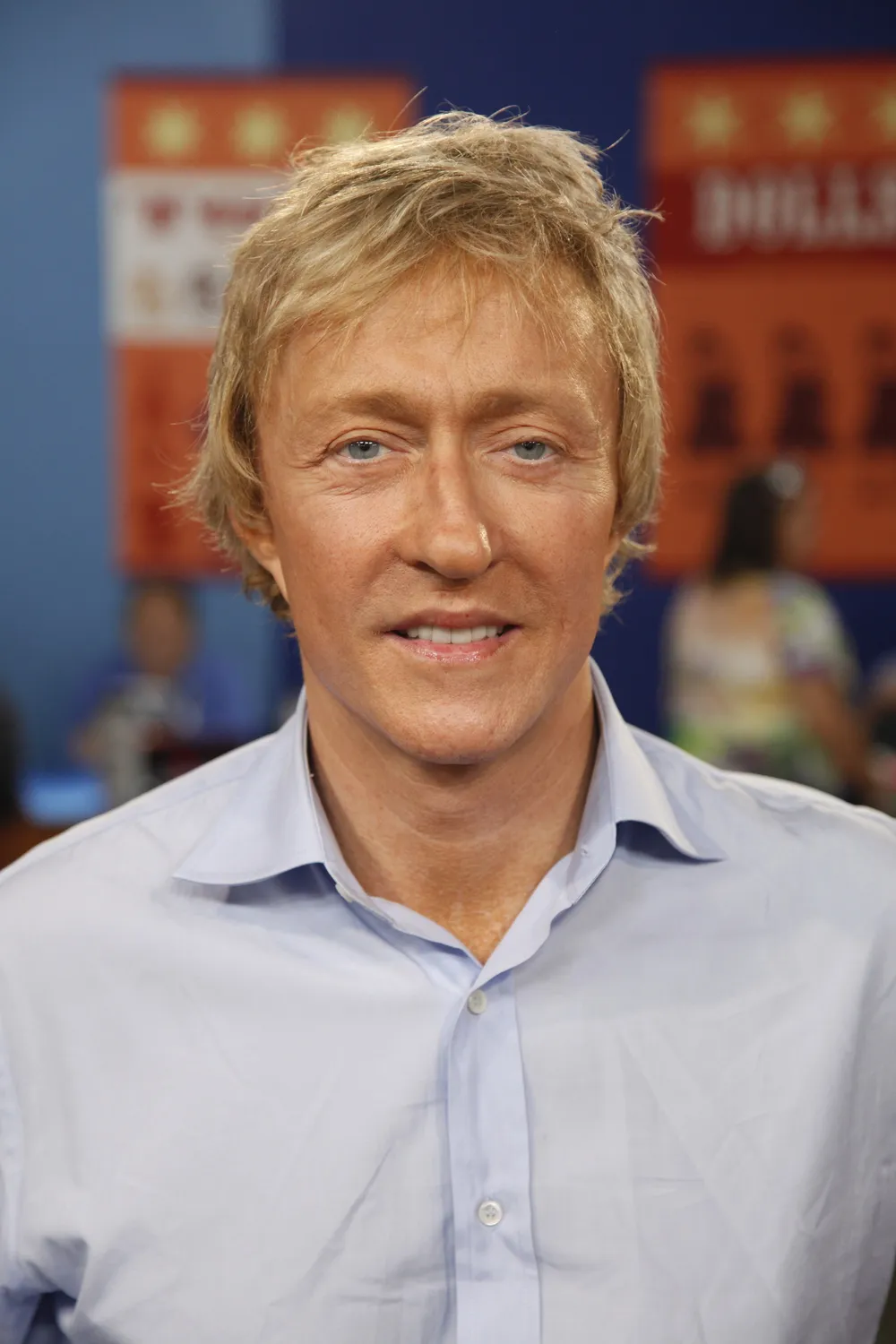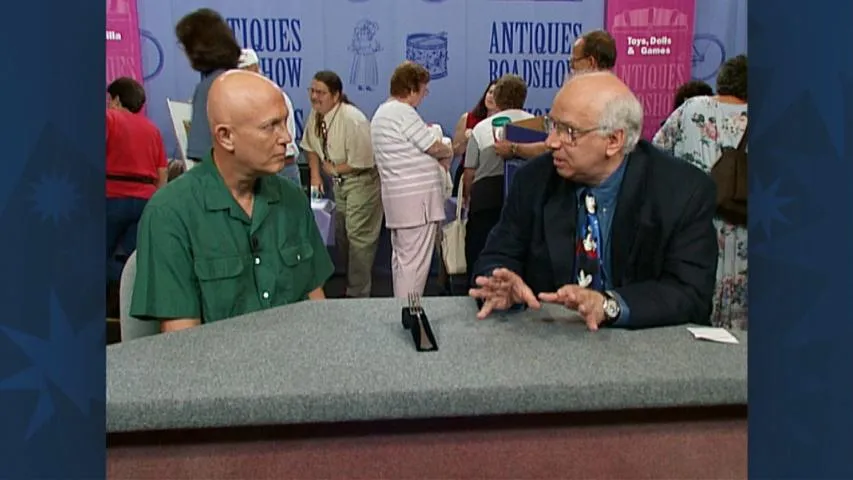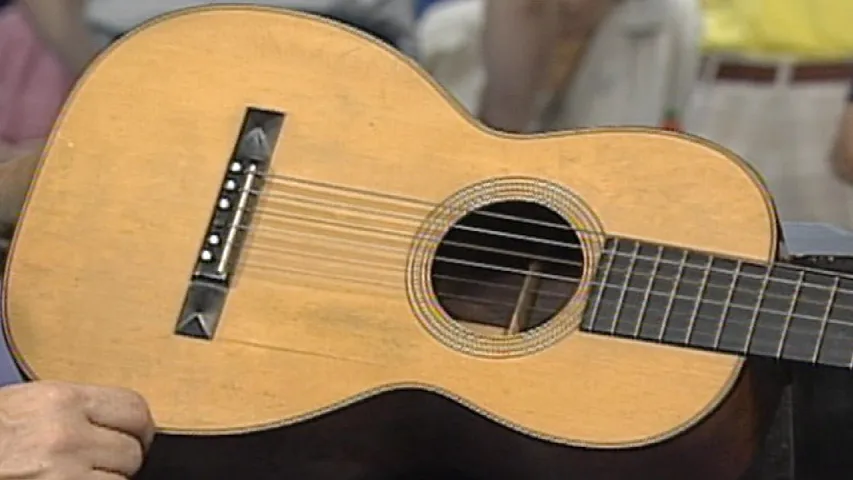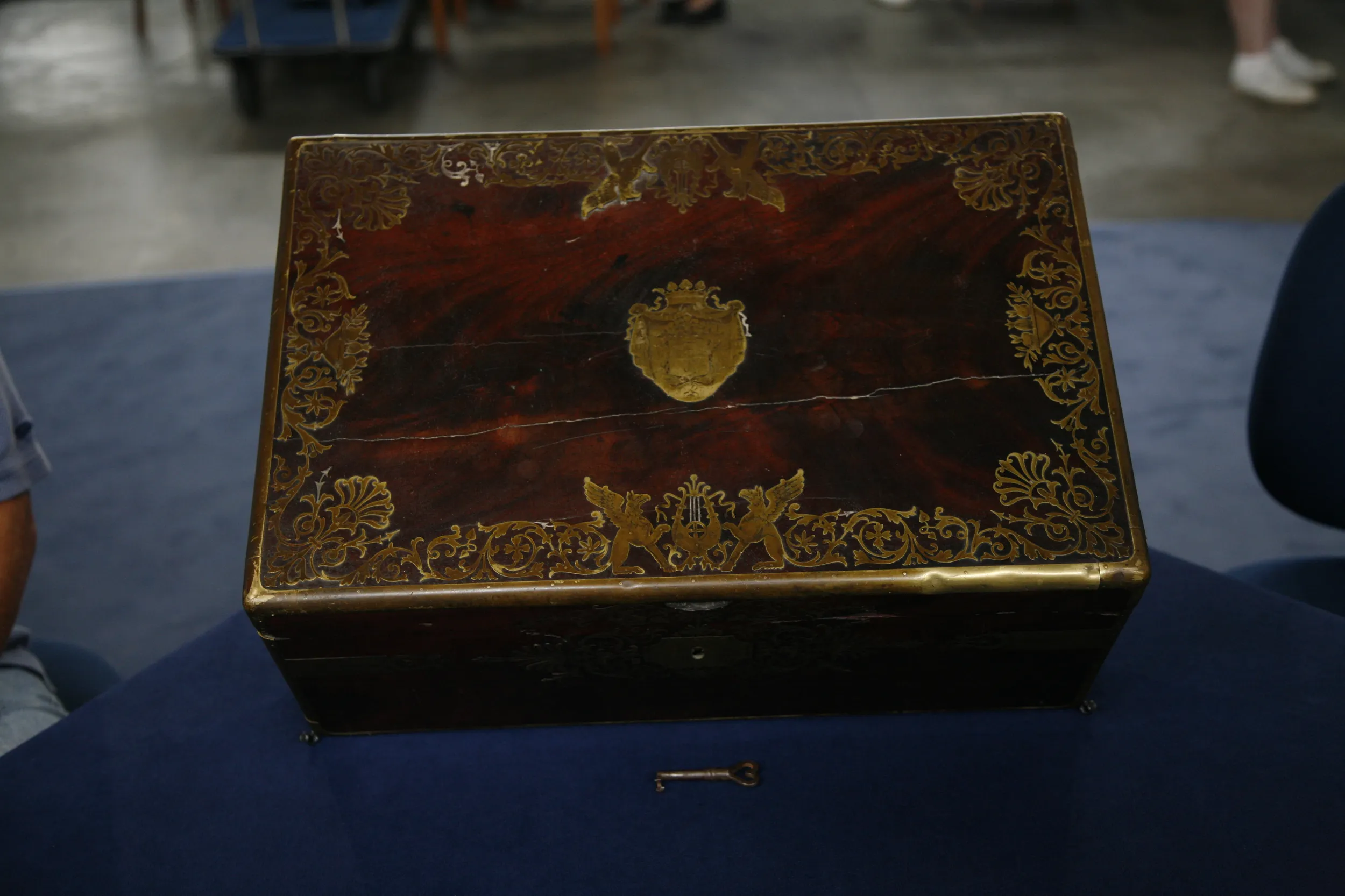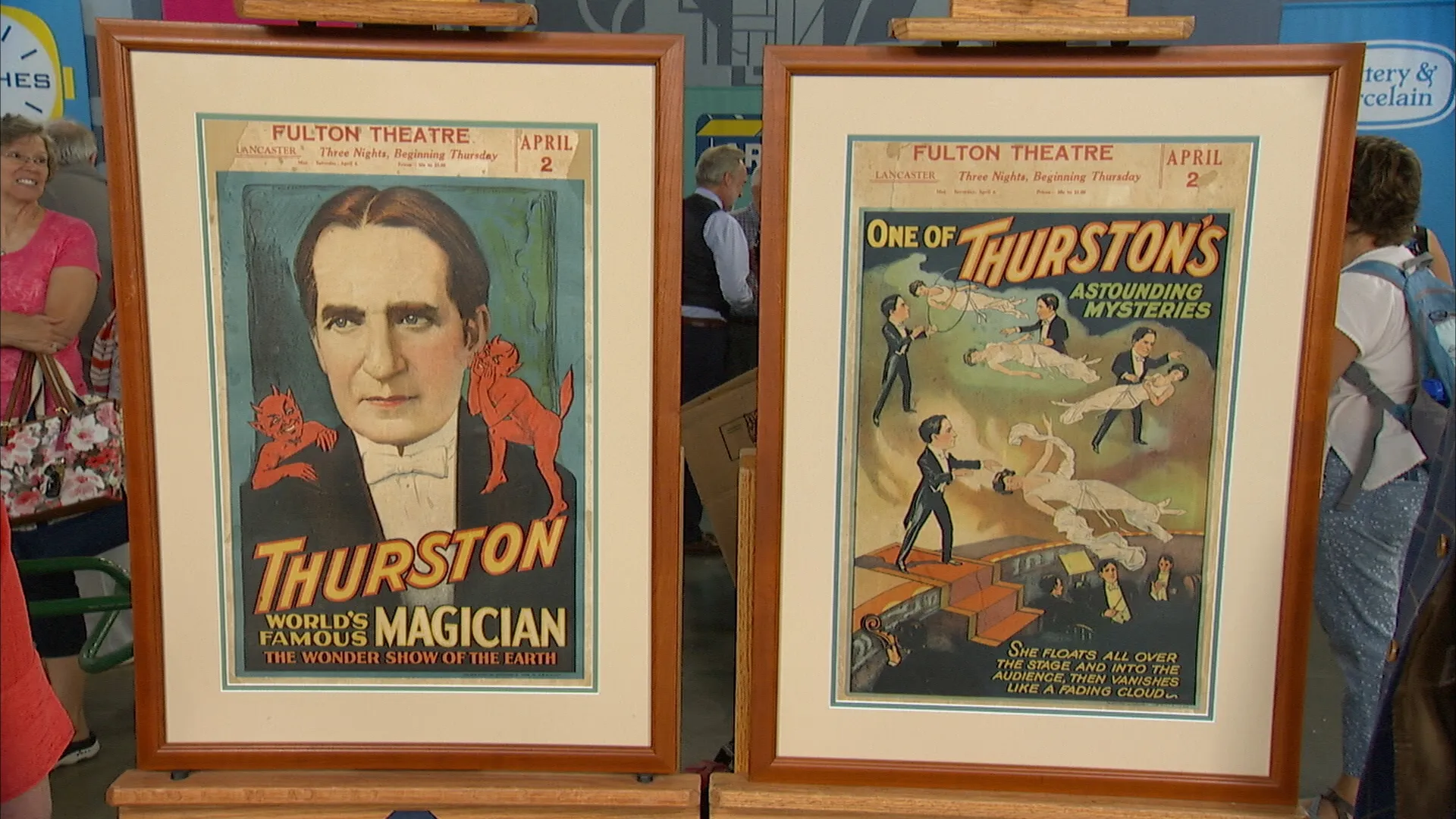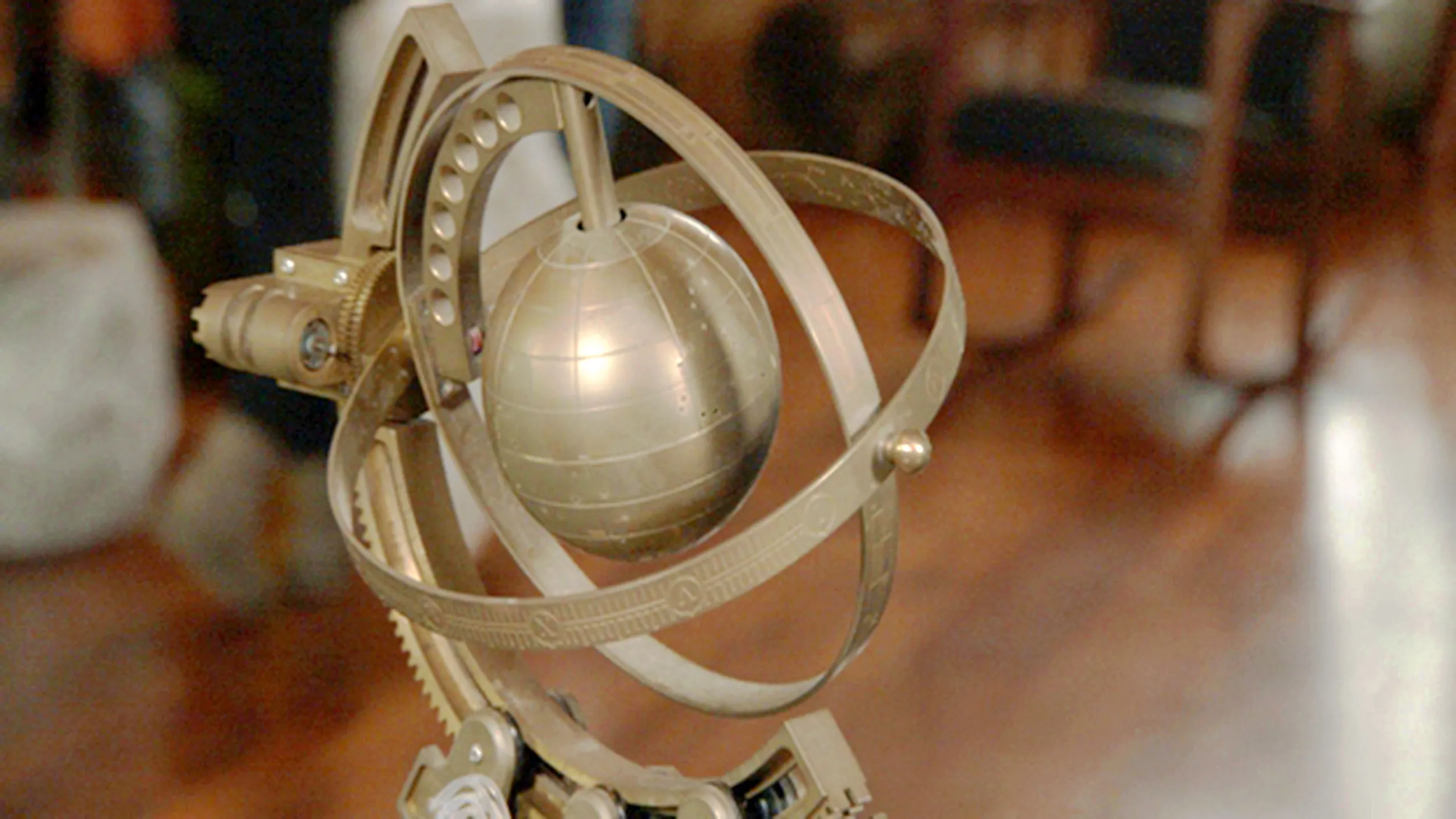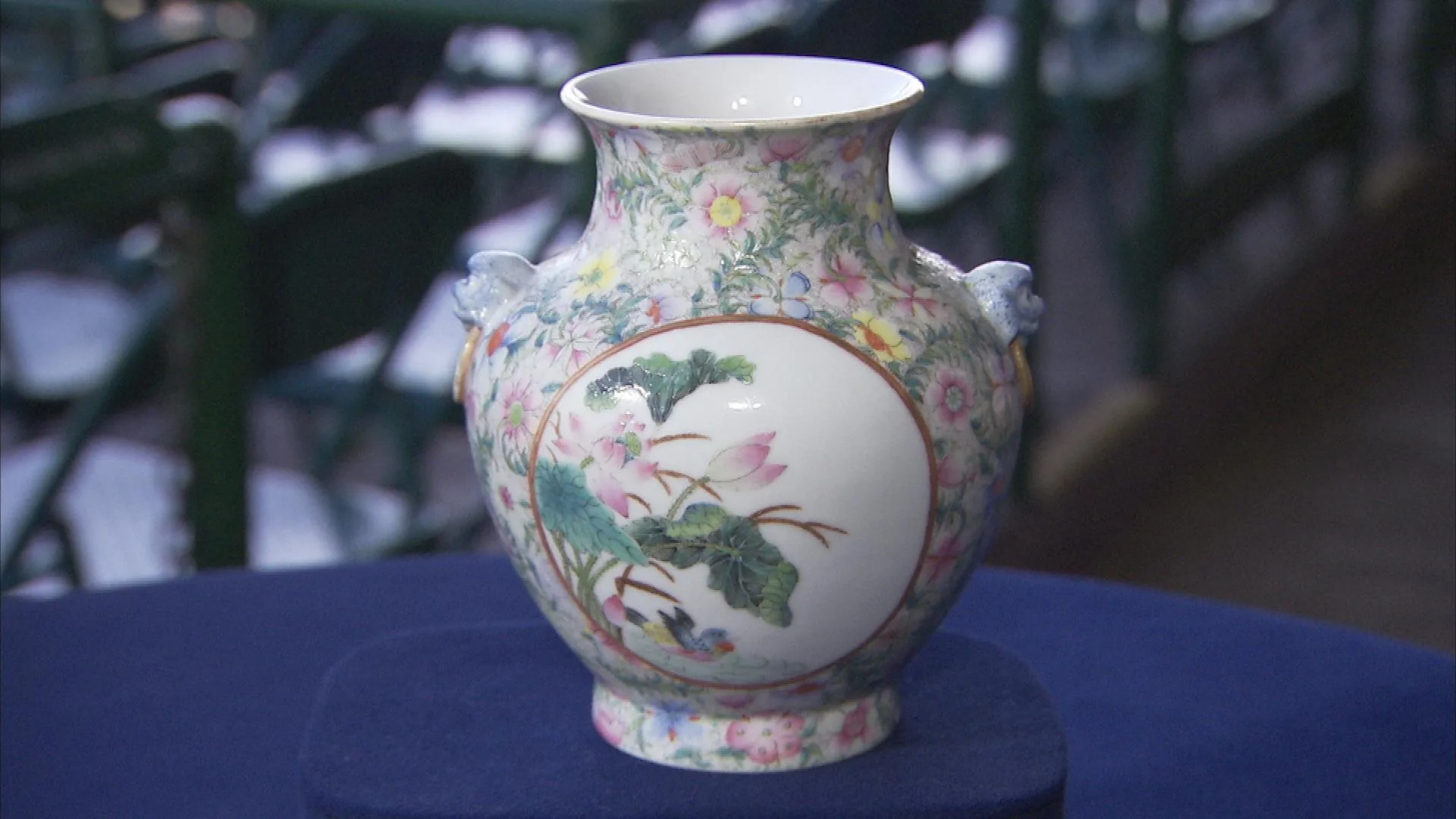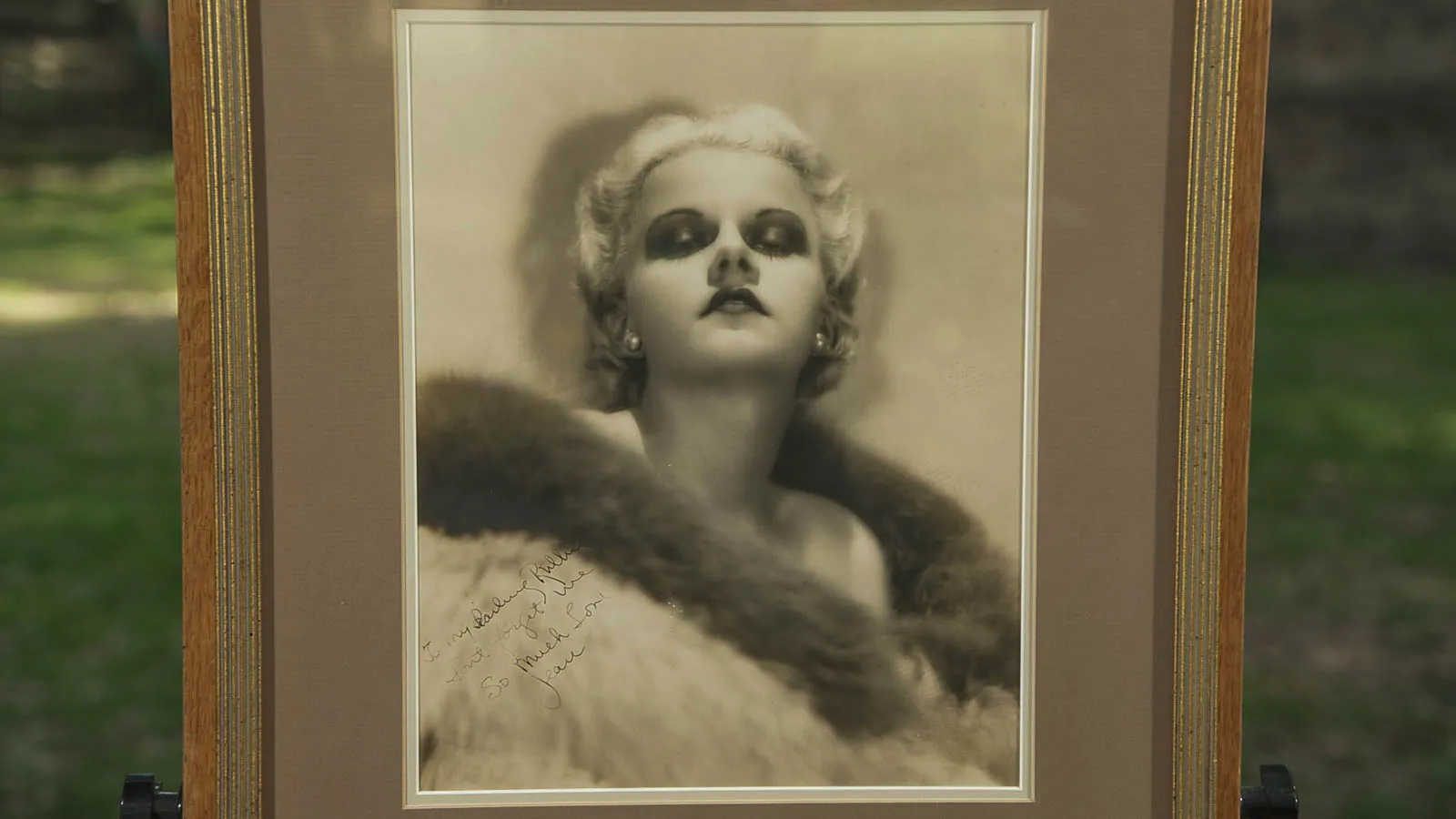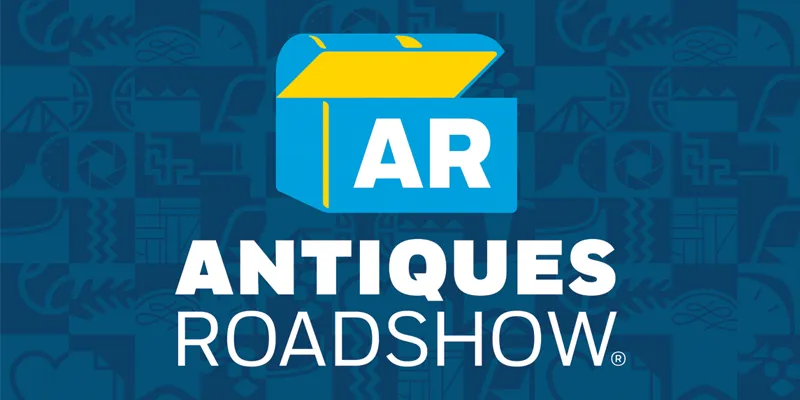GUEST: My mother purchased the table in the 1930s in New York City. Over a period of years, my mother has been told that it was Italian. She was told it was French provincial. And I had an uncle who kept telling her years ago to get rid of it-- it was a piece of junk. And my mother, of course, refused to do that. She said, "No, no. One day, that table will be worth something."
APPRAISER: Well, I 'm not surprised you said you got it in New York because this is a Renaissance revival marquetry-inlaid, ebonized and gilt parlor table made in New York probably in the 1860s or '70s. And it's very similar to tables and pieces made by the Killian Brothers, which were makers in New York around that time. Basically, during that period Americans were looking to Renaissance France during the 17th and early 18th century for inspiration on how to model their own lives.
GUEST: I see.
APPRAISER: So it's sort of a fascinating statement about America. If you look at the front of the table, you'll see this urn motif in the center as well as an urn on the lower section of the stretcher, and these capitals with columns below, which are Renaissance motifs that were used and sort of mixed and matched on this table. During the American Victorian period, there's a saying that "too much is not enough," and that was basically the aesthetic. They would put in a lot of different elements into the piece. The marquetry which we see on the top encompasses a lot of different types of woods, from ebony to satinwood to zebrawood. And on the side here, you have some rosewood, so it's really an elaborate combination of different woods. A lot of this inlay was actually stamped with steam-powered machines-- stamped out and then inlaid into the top. It actually would have been used in a home really to denote status of the owner. And it basically said to the neighbors: "Look at me, I'm wealthy enough to afford a table this elaborate."
GUEST: I see, how interesting.
APPRAISER: But the table in the market today is probably worth in the area of about $6,000 to $9,000.
GUEST: Okay, that's good, wonderful.
